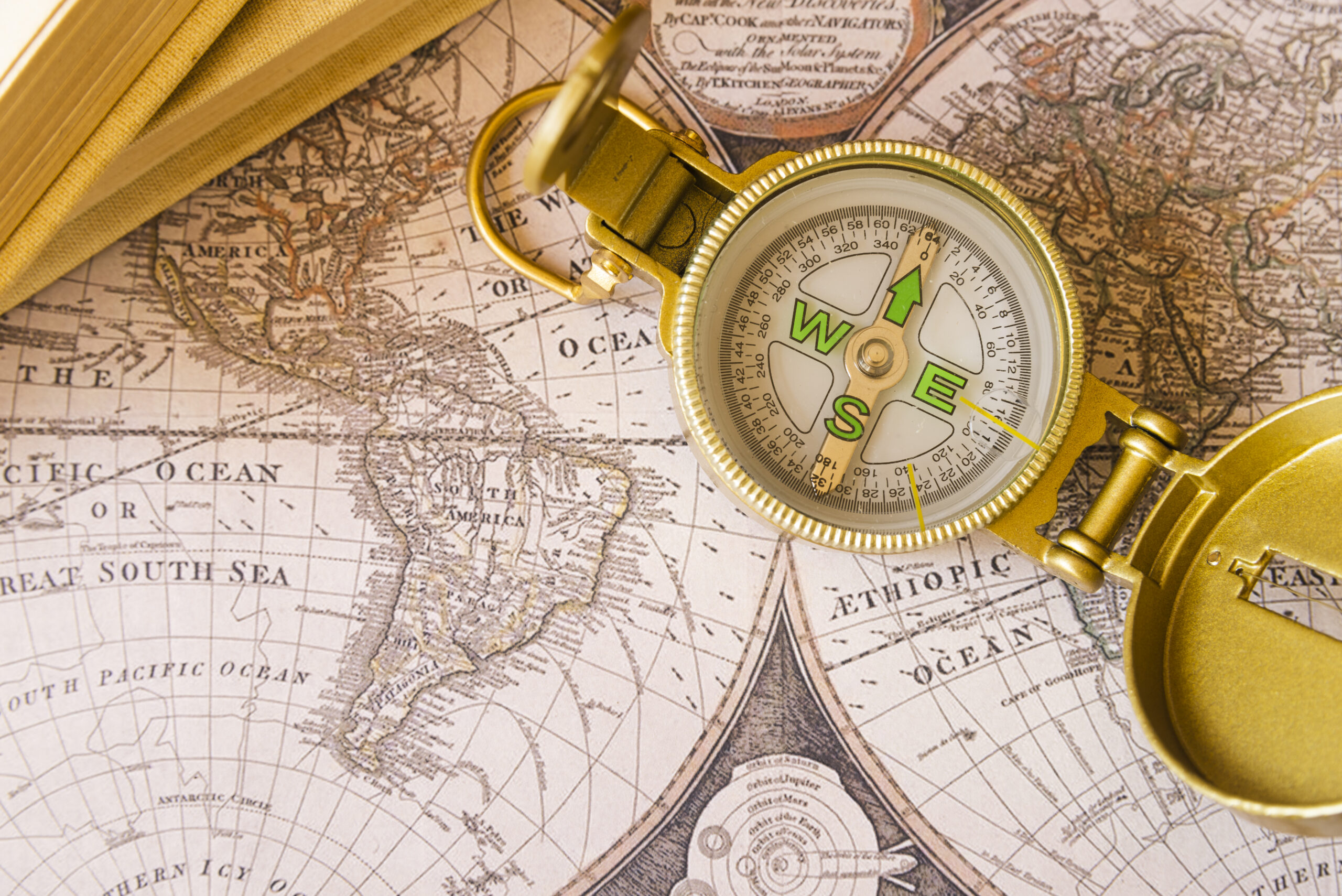While the majority of the subjects in the UPSC Civil Services Examination (CSE) Mains stage are required and the same for all applicants, one subject may vary from applicant to applicant. This topic is referred to as the “optional subject.”
Regardless of their graduate-level, aspirants are able to select their optional subject from a list supplied by UPSC depending on their interests. Geography is the most popular topic among the applicants’ optional electives, according to data on the UPSC website.
According to trends from past years, 3500 or so candidates choose Geography as an optional topic for the UPSC CSE each year. Only 10000–12000 applicants are chosen by the UPSC each year to take the written Main Exam, hence around 30% of applicants take the UPSC Mains because they enjoy geography!
In 2015, 3391 applicants who participated in the UPSC CSE Mains (written) exam chose geography; in 2016, 3427 candidates selected the same.
Advantages of Selecting Geography as an Optional for UPSC Exam
- The preparation for your major exam and preliminary exam will overlap with your study for geography. Every year, the general studies paper 1 will contain between 10 and 20 questions that are specifically connected to the geography optional paper. If you choose to study geography as an optional subject, you will need to be prepared for questions worth 80 to 100 marks.
- Additionally, it helps in the round of the personal interview, where you could be questioned about the geography, climate, and even vegetation of your hometown.
- It is an interdisciplinary subject that is simple to understand and prepare for those with backgrounds in both the arts and sciences.
- There are several simple theories and notions that, when applied to numerous questions based on these theories, can help you get quite a few points. Furthermore, the room for deduction is smaller if you have a clear understanding of these theories.
- It allows you to create flowcharts and diagrams to support your points, and using graphical representations of your responses can help you get higher grades.
- There are some very scoring map-based questions.
Syllabus – Indian Geography
Basics of India
- Location, latitude, longitude, time zone, etc.
- Neighbors
- Important straits
- States and their position
- States with international boundaries
Physical features
- The Himalayas – geological formation, climate, vegetation, soil, biodiversity, physiographic divisions, major passes, significance
- The Great North Indian Plains – geological formation, physiographic divisions, climate, vegetation, soil, biodiversity, significance
- Peninsular Plateau – geological formation, Central Highlands, Deccan Plateau, Western Ghats, Eastern Ghats
- Indian Desert
- Coastal plains and islands
River systems
- Himalayan rivers
- Peninsular rivers
- River basins
- Regional development and planning
- Hydropower projects, major dams
- West-flowing and east-flowing rivers
- Interlinking of rivers
Climate
- Monsoons – driving mechanism, El Nino, La Nina
- Seasons
- Cyclones
Minerals and industries – mineral distribution, industrial policies, location
Agriculture
- Land utilization
- Types of agricultural practices
- Green revolution
- Soils and crops
- Irrigation
- Land reforms
- Animal husbandry
- Government schemes
Natural vegetation and fauna
- Classification of natural vegetation
- Rainfall distribution in India
- Biosphere reserves, national parks, etc.
- Red-listed species
Economic infrastructure
- Transportation (highways, inland waterways, etc.)
- Power and energy sector
- Conventional and non-conventional sources of energy
- Energy conservation
Human Geography
- Demographics
- Recent census
Syllabus – World Geography
- Major natural regions
- Regional geography of developed countries
- Regional geography of developing countries
- Regional geography of South Asia
Syllabus – Physical Geography
Geomorphology
- Origin of the earth
- Interior of the earth
- Types and characteristics of rocks
- Folding and Faulting
- Volcanoes, earthquakes
- Interior of the earth
- Weathering
- Landforms formed by fluvial, aeolian, and glacial actions
Climatology
- Atmosphere – structure, and composition
- Temperature
- Pressure belts of the Earth
- Wind systems
- Clouds and types of rainfall
- Cyclones and anti-cyclones
- Major climatic types
Oceanography
- Ocean relief
- Temperature, salinity
- Ocean deposits
- Ocean currents
- El Nino and La Nina
- Waves and tides
Biogeography
- Soil – origin, and types
- Major biomes of the world
- Ecosystem, food chain
- Environmental degradation and conservation
Syllabus – Human Geography
- Man & environment; relationship, growth, and development of human geography; determinism and possibilism
- Population, tribes, migration
- Economic activities – agriculture, manufacturing, industries, tertiary activities
- Settlements, urbanization, functional classification of towns, million-cities, and megacities
If one has decided to take the UPSC Mains’ geography optional, they should prepare properly by looking over past years’ test questions and suitable publications on UPSC geography. The structure of the question paper usually includes mapping questions, so preparation should always include such. IAS candidates can combine their preparation for the optional geography with their preparation for general studies in the preliminary and main exams to ensure success with the help of a good IAS coaching institute.
Although geography covers a large amount of ground, with careful planning, you can study it in an orderly fashion and therefore finish the entire curriculum. The goal is to begin your studies as soon as possible.
